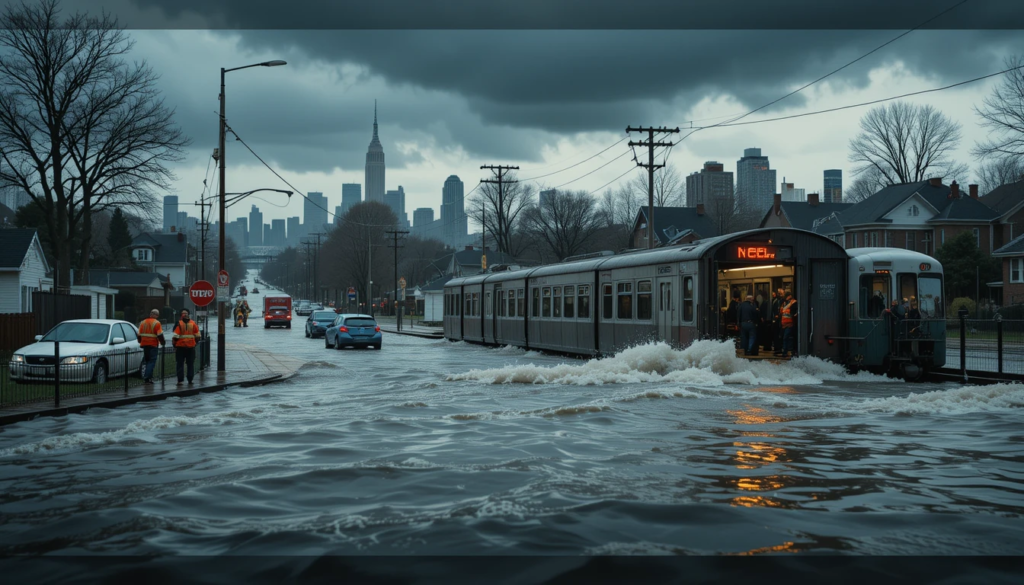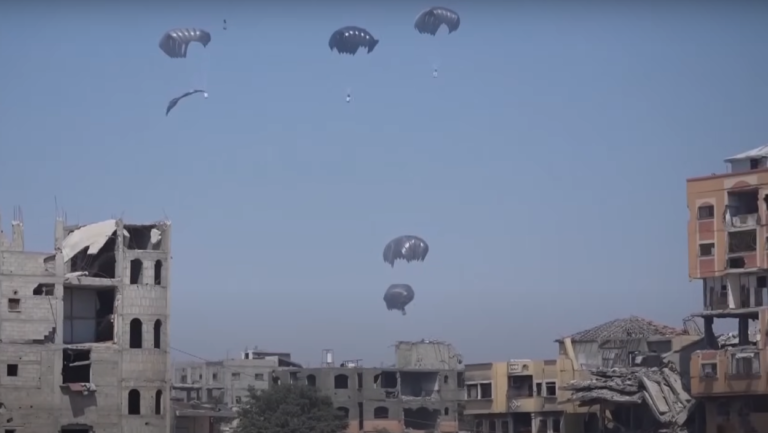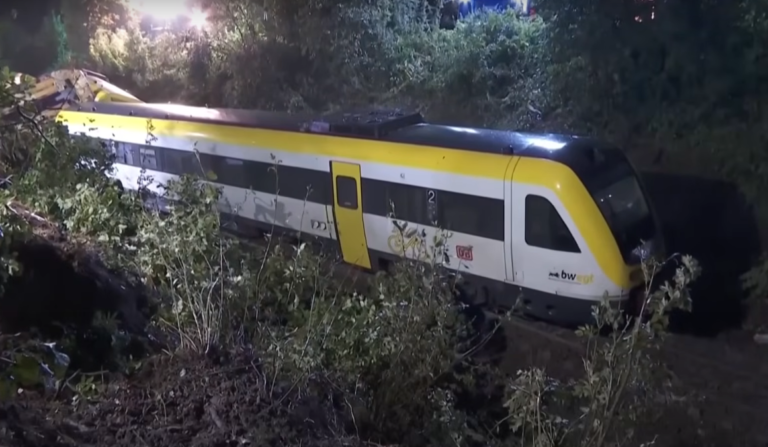
Flash Floods Paralyze New York and New Jersey amid Alarming Climate Trends
In a stark reminder of nature’s growing volatility, flash floods swept through parts of New Jersey and New York, leaving a trail of destruction and claiming two lives. The storms brought parts of the Northeast to a standstill, disrupting transit, submerging homes and vehicles, and flooding major infrastructure. While emergency services moved swiftly to mitigate further damage, the events have reignited urgent discussions around climate change, infrastructure resilience, and preparedness in the face of extreme weather.
This report compiles perspectives from local residents, public officials, meteorologists, and climate experts to present a detailed account of the storm’s impact and the larger implications it reveals about America’s changing climate landscape.
According to Local Officials:
Two fatalities occurred in New Jersey when a vehicle was swept away by rapidly rising waters. Floodwaters inundated communities, submerged vehicles, and even washed through a cemetery, leaving behind scenes of devastation that residents described as unprecedented.
The Governor of New Jersey, reacting to the tragic loss of life and widespread damage, explicitly linked the flooding to the broader trend of climate instability. He noted that areas which had never before experienced significant flooding were suddenly underwater, suggesting a sharp departure from historical weather patterns.
“We are witnessing the real-time consequences of climate change. These are no longer rare events — they’re becoming the norm,” he stated during a press briefing.
According to Local Residents:
For many New Jerseyans, the storm marked a disturbing new chapter. Residents emphasized that while rain is not uncommon in the region, the severity and suddenness of this particular event took them by surprise. One individual commented:
“We also had deaths on July 3rd from flooding — this isn’t something we’re used to seeing twice in such a short span. It’s unnerving.”
According to City Commuters and Transit Workers:
In neighboring New York City, transportation came to a halt in several areas. A particularly jarring scene unfolded in Manhattan, where passengers were stranded inside a subway car as water rushed into the station. Although subway services resumed by early Tuesday, the event was a sobering indicator of the city’s aging infrastructure and its vulnerability to extreme rainfall.
Despite the chaos, many New Yorkers maintained a characteristic sense of resilience and pragmatism.
“It looks to me like if it was flooded yesterday and it’s completely clear today and nobody was seriously hurt, New York’s doing fine,” one commuter said.
Another worker added:
“I’ve been working here for 11 years. When it rains hard, we know this station won’t function. It’s just expected now.”
Such comments reflect a “business as usual” attitude, yet they also reveal a growing normalization of extreme weather, which many experts warn is a dangerous trend in itself.
According to Meteorologist Matthew Cappucci:
Matthew Cappucci, a respected meteorologist and atmospheric scientist, offered detailed insights into the unique weather setup that triggered the flash flooding. According to him, the event was the result of a rare convergence of meteorological systems.
“What we saw was the collision of two major weather boundaries — a slow-moving cold front and a weak low-pressure system east of the Appalachians. This combination led to massive atmospheric instability.”
Cappucci explained that the atmosphere above the Northeast was unusually saturated. In Union County, New Jersey, 16.7 centimeters of rain fell in just 3 to 4 hours, with nearly 10 cm falling in a single hour — the kind of rainfall expected only once every 100 to 200 years.
“That is an extraordinary rate of precipitation. We’re talking about a storm cell that not only formed rapidly, but kept regenerating over the same area, pulling in more and more moisture from the south.”
He also highlighted how the National Weather Service had issued high-end flash flood warnings, triggering Wireless Emergency Alerts (WEAs) that buzzed across residents’ mobile phones.
According to Climate Scientists and Meteorological Data:
Cappucci and other climate scientists were unequivocal in linking this event to human-induced climate change. While acknowledging that individual weather events are inherently random, experts emphasized that the underlying atmospheric conditions have shifted dramatically in recent years.
“The atmosphere today is moister than it was even two decades ago. We’re seeing about a 9.5% increase in atmospheric moisture per decade during July in parts of New Jersey,” Cappucci noted.
This means storms now have more “fuel” — water vapor — to intensify rapidly and produce record-breaking rainfall. More moisture also increases precipitation efficiency, meaning more of the rain reaches the ground instead of evaporating on the way down.
“Across the northeastern United States, we’re witnessing a 70–75% increase in heavy rainfall and flash flood events during summer months,” he added. “This is consistent with what climate models have long predicted.”
According to Environmental Advocates and Policy Observers:
These deadly floods have amplified calls for renewed political action. The U.S. government’s historical withdrawal from international climate agreements and the rollback of federal environmental protections have come under fresh scrutiny.
Climate advocates argue that inaction at the federal level is endangering lives and leaving communities vulnerable to disasters that are both preventable and predictable.
“Weather doesn’t happen in a vacuum. These disasters are not just bad luck — they’re warnings,” said one climate policy analyst. “Our infrastructure and emergency planning are not keeping pace with the reality of climate change.”
Experts suggest that events like these are increasingly difficult to dismiss as isolated anomalies. Rather, they are part of a new weather paradigm requiring urgent policy shifts in urban planning, emergency management, and climate mitigation.
According to Weather Forecasts:
Although the immediate danger from this particular storm has passed, meteorologists warn that more storms are likely in the coming days. The region remains on alert for further rainfall and potential flash flooding, especially in low-lying and poorly drained areas.
Emergency services continue cleanup efforts while preparing contingency plans for further extreme weather. Cities like New York and Newark are reevaluating flood response systems and considering long-term infrastructure investments to address future storms.
The flash floods in New York and New Jersey are more than just another weather event — they are a signal of a rapidly changing environment. The lives lost, the chaos in urban systems, and the data presented by scientists all point to a climate crisis that is no longer looming — it is here.
As weather patterns grow more erratic and intense, communities, governments, and individuals are being called upon to act decisively. Whether through updated climate policies, improved infrastructure, or greater public awareness, the response to events like these will define how resilient we are in the face of an increasingly unpredictable world.





